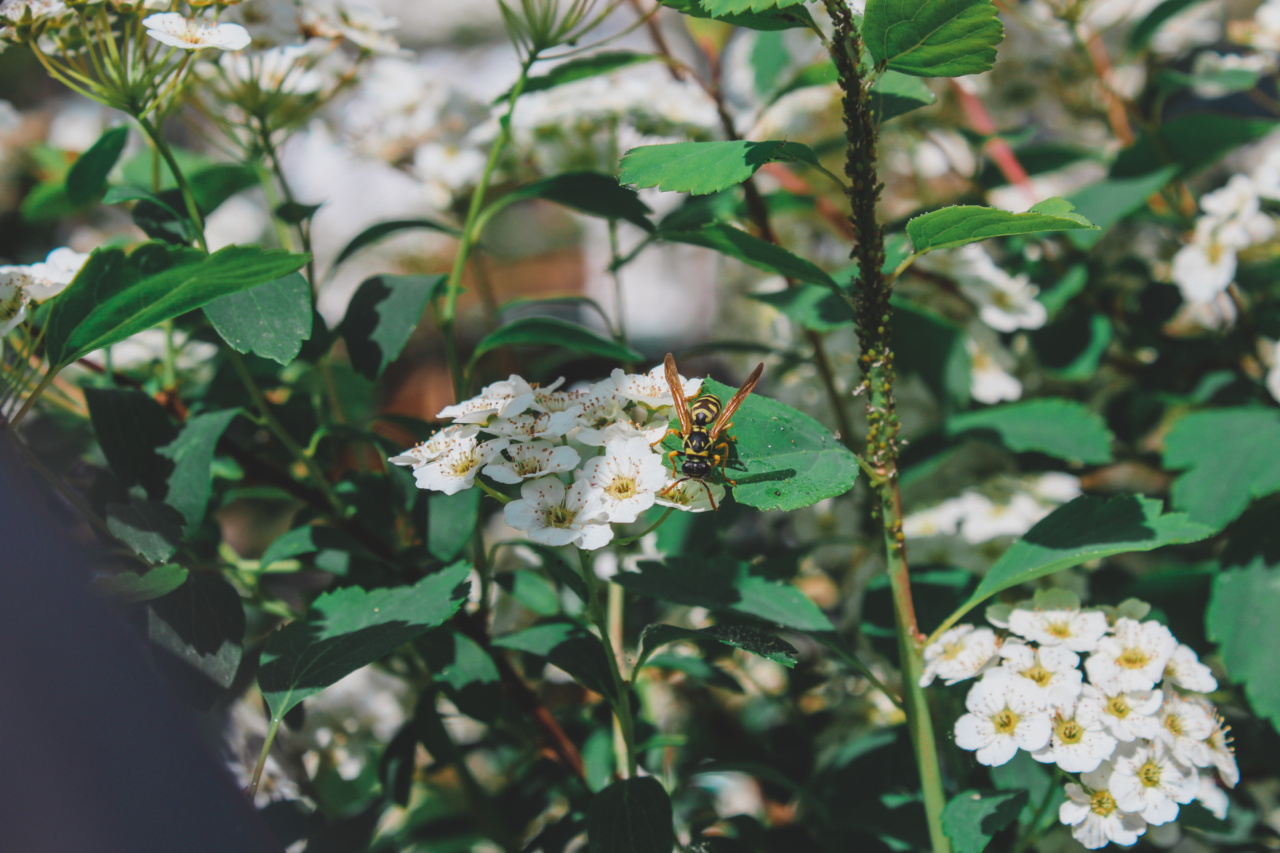Springtime brings with it the beauty of blooming flowers and the warmth of the sun, but for many, it also heralds the start of allergy season.
Spring allergies, also known as hay fever or seasonal allergies, occur when the immune system overreacts to pollen, mold, or other airborne allergens. The most common symptoms include sneezing, itchy and watery eyes, runny or stuffy nose, and throat irritation. While over-the-counter medications can provide relief, they often come with unwanted side effects.
Fortunately, there are several herbal remedies that can help alleviate spring allergy symptoms naturally.
1. Butterbur
Butterbur, scientifically known as Petasites hybridus, is a perennial plant that has historically been used in traditional medicine to treat allergies and migraines.
Its active compounds, petasin and isopetasin, possess anti-inflammatory properties that can help relieve nasal congestion, sneezing, and itchy eyes. However, it is important to note that butterbur should be used in butterbur extract form, as raw butterbur contains toxic compounds that can be harmful.
2. Stinging Nettle
Stinging nettle, or Urtica dioica, is a common herb that grows wild in many regions. Despite its sting when touched, stinging nettle has been used for centuries to alleviate allergy symptoms.
It contains histamine, which may seem counterproductive, but actually helps reduce the body’s own histamine production responsible for allergic reactions. Stinging nettle can be brewed into a tea or taken as a supplement to relieve symptoms such as itching, sneezing, and nasal congestion.
3. Quercetin
Quercetin is a naturally occurring plant pigment, or flavonoid, found in various fruits, vegetables, and herbs. It acts as a natural antihistamine and anti-inflammatory agent, making it an excellent herbal remedy for spring allergies.
Quercetin can help reduce the severity of allergic reactions by inhibiting the release of histamine in the body. Foods rich in quercetin include apples, onions, berries, and cruciferous vegetables like broccoli and kale. Quercetin supplements are also available for those in need of higher doses.
4. Eyebright
Eyebright, or Euphrasia officinalis, is an herb traditionally used to treat eye-related ailments. Its name originates from its historical use to treat eye infections and relieve eye-related allergy symptoms.
Eyebright contains compounds called iridoid glycosides, which possess anti-inflammatory and antioxidant properties. You can prepare an eyebright eyewash by combining the herb with warm water and using a clean cloth to apply the solution to your eyes. This can help alleviate redness, itching, and swelling caused by spring allergies.
5. Ginger
Ginger, known for its powerful immune-boosting properties, can also be beneficial in managing spring allergy symptoms.
It contains gingerols, which have antioxidant and anti-inflammatory effects that help reduce inflammation in the airways and relieve congestion. Ginger can be consumed by brewing it into a tea or adding it to meals. Its warming properties also provide relief for sore throats, which can be aggravated during allergy season.
6. Turmeric
Turmeric, a vibrant yellow spice commonly used in cooking, has potent anti-inflammatory properties due to its active compound called curcumin. It inhibits the release of histamine and helps reduce the nasal symptoms associated with allergies.
Adding turmeric to your diet as a spice or taking curcumin supplements can provide relief from spring allergy symptoms naturally. Combining turmeric with black pepper enhances its absorption and effectiveness.
7. Elderberry
Elderberry, or Sambucus nigra, has long been valued as a natural remedy for respiratory ailments. Its rich antioxidant content helps support the immune system and reduce inflammation, making it effective against spring allergies.
Elderberry syrup or extract can be consumed to ease symptoms such as coughing, sneezing, and congestion. It is important to note that raw or unripe elderberries should never be consumed, as they can be toxic.
8. Garlic
Garlic, a pungent herb commonly used in cooking, is renowned for its immune-boosting properties. It contains a compound called allicin, which has antiviral and antimicrobial effects that can help prevent and relieve allergy symptoms.
Consuming raw garlic or adding it to meals during allergy season can provide significant relief. However, if you have a bleeding disorder or upcoming surgery, consult with a healthcare professional before significantly increasing your garlic intake.
9. Licorice Root
Licorice root, scientifically known as Glycyrrhiza glabra, has been used in traditional medicine for its anti-inflammatory and immune-boosting properties.
It contains compounds that help reduce the production of histamine, making it effective against allergy symptoms. Licorice root can be consumed as a tea or taken as a supplement. However, prolonged and excessive use of licorice root can lead to hypertension, so it is important to use it in moderation.
10. Peppermint
Peppermint, a refreshing herb known for its cooling sensation, can provide relief from allergic reactions. It contains menthol, which acts as a decongestant and helps clear nasal passages.
Peppermint tea is particularly effective for soothing sore throats and relieving coughs caused by postnasal drip. Additionally, inhaling peppermint oil can provide temporary relief from nasal congestion. It is important to dilute the oil appropriately and perform a patch test before using it topically.































